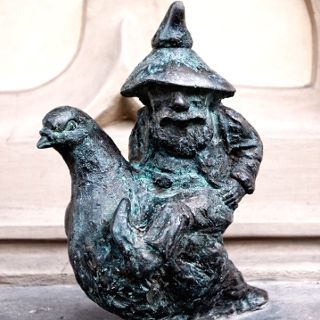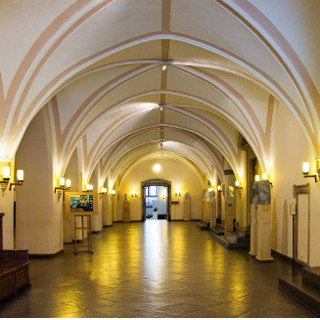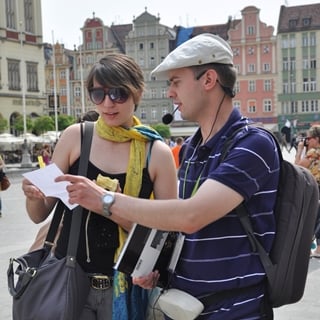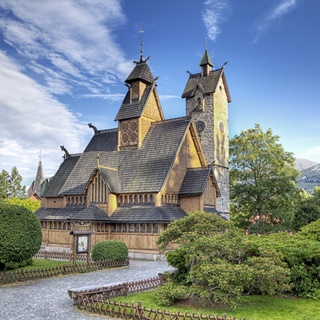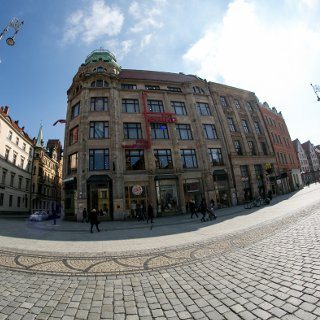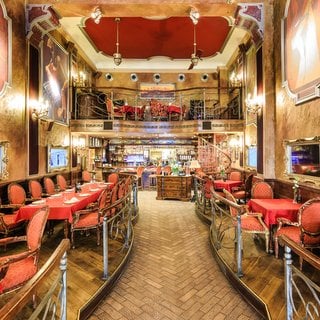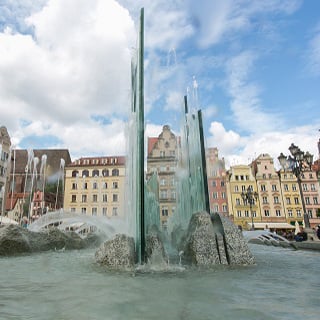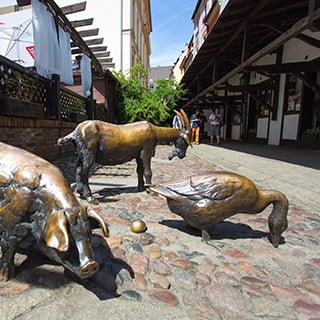Gołębnik (Pigeoner)
Dwarfs have never mastered the art of constructing even the simplest flying machines. They didn't have to; they fit perfectly on birds' backs, after all...
In the olden days, bird flights were the fastest way for dwarfs to travel. But those who think that sky-high escapades are easy or pleasant would be mistaken. Taming birds is an art that takes years of practice and innate aptitude to master. At a time when pigeon backs were the fastest means of transport for dwarfs, the profession of 'pigeon master' was widely respected. Pigeon masters gathered in guilds, teaching the youngsters. The training took years and was not always successful. This was the traditional, tried and tested way in which Gołębnik received his education. For years he apprenticed with Master Barnabas, the best bird aviator in Lower Silesia. Seeing the potential in the young dwarf, the master decided to pass onto him all the knowledge he possessed. At the time, learning from Master Barnabas was quite an honour and a source of pride. Gołębnik did very well and soon became famous as his most talented pupil. Before he got his first pigeon under his care, he used to carry letters from town to town on his bird's back, deliver parcels and pass on messages.
Quiet and thoughtful from an early age, he felt best in nature and among animals. He quickly made friends with the city's birds, and was particularly fond of pigeons. He could tell their moods and treated them with remarkable gentleness. No wonder the birds easily allowed him to mount their backs and docilely obeyed all commands. It should be added that flying with a passenger is a real effort for the birds, so they will do everything to knock down the uninvited guest from their wings. More than one dwarf has paid for his desire to fly with broken limbs. However, Gołębnik was known for never falling off a bird's back.
The golden days for pigeon masters ended with the development of the railways. However, the fate of the guild was finally sealed by the invention of the aeroplane and the popularisation of passenger aviation. Air travel required no special skills and the clever dwarfs easily smuggled themselves on board without showing their passports. Travelling has thus become easy, fast and accessible to all. Sky flights were soon a thing of the past, and pigeons were probably the most happy about this. There were fewer and fewer dwarfs willing to learn from the old masters, so the knowledge of the unique art of bird flight was slowly disappearing.
However, Gołębnik did not care for any technological innovations or convenience, he did not think for a moment that he could give up his occupation. Today he is the last dwarf in Lower Silesia who still travels on a bird's back.
Of course, the easiest way to meet him is on Plac Gołębi, where bird aviators used to gather in the old times. He often lands on the windowsill of the Spiż restaurant, where he rests in the shade with his pigeon friend. He is often seen among flocks of urban birds cleaning their feathers or freeing their paws from a tangle of strings or the remains of plastic bags. If you happen to be on the Market Square and do not find him on the windowsill of the Spiż building, raise your head high or look around carefully, he might just be resting in the shade, surrounded by his bird friends.
